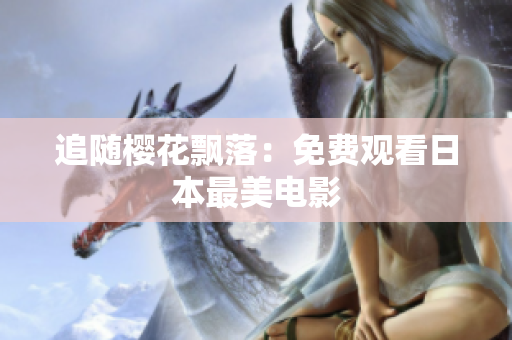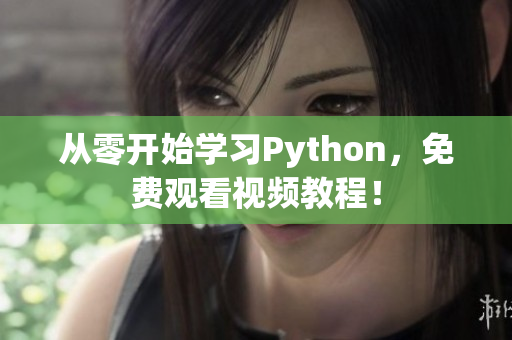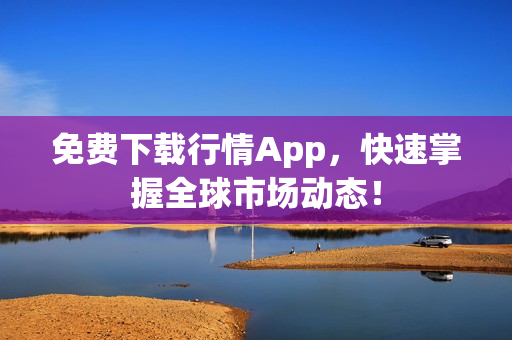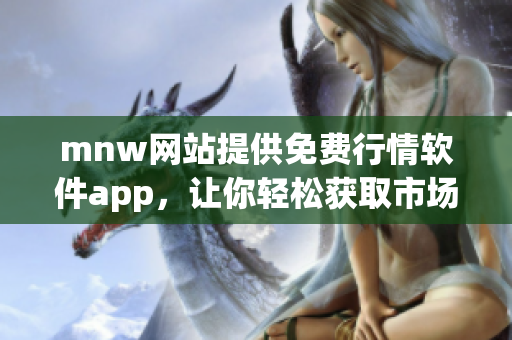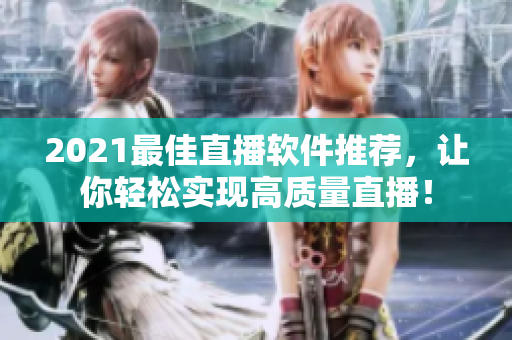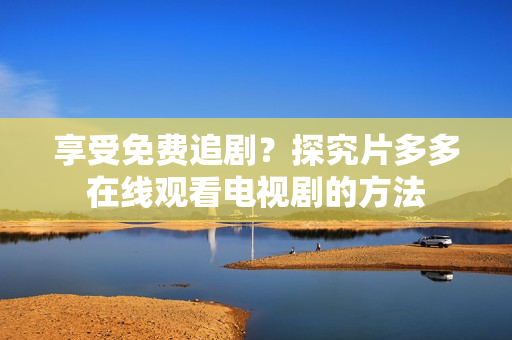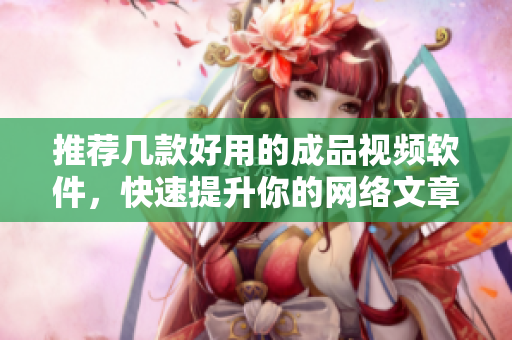Introduction
In the world of Western humanities and fine arts, there are a plethora of amazing works that have inspired countless people over the years. However, in this day and age, technology has become a central aspect of our lives and influences every aspect of our daily routine. This includes the use of 5G technology on mainland China, which is changing the way we work, play, and communicate. Meanwhile, students may face various challenges in the classroom, and it can be difficult for teachers to know how to address these issues. In this article, we will explore some of the top Western humanities and fine arts works, discuss the impact of 5G technology, look at some common classroom challenges and suggest ways to deal with them, and finally, investigate why there is a shortage of Southeast Asian children in the kindergarten sector.
Western Humanities and Fine Arts Works
When we think of Western humanities and fine arts, there are certain works that stand out due to their significance and impact. One such work is Leonardo da Vinci's "Mona Lisa," which is widely considered one of the greatest paintings of all time due to its use of techniques like chiaroscuro and sfumato. Another notable work is William Shakespeare's "Hamlet," which explores complex themes related to power, revenge, and morality and has been performed continually since its creation in 1601. More recent examples of outstanding works include Toni Morrison's "Beloved," which highlights the pain of slavery in the United States, and Vincent Van Gogh's "The Starry Night," which uses bold colors and swirling forms to suggest the power of nature and the fragility of human existence.
Impact of 5G Technology
5G technology is the next step in mobile network evolution, offering faster speeds and more reliable connections than ever before. In China, this technology is being rolled out across the country, and it has already started to change the way people live their lives. For example, with 5G, it's possible to download a full-length movie in just a few seconds, and remote work and online education have become more accessible. However, there are also concerns about the potential impact of 5G on privacy and security, and some worry that the high levels of radiation associated with 5G could pose health risks.
Addressing Classroom Challenges
As a teacher, it's common to encounter different challenges in the classroom, such as students acting out, struggling with a particular subject, or dealing with conflicts between classmates. One approach to addressing these challenges is to create a positive and engaging learning environment that encourages participation and motivates students to learn. This might involve using interactive and multimedia materials, giving students opportunities to work in groups and express their opinions, and recognizing and rewarding individual achievements. Additionally, it's important to stay calm, patient, and empathetic when dealing with students who may require extra support or attention.
Southeast Asian Kindergarten Shortages
Finally, Southeast Asia is currently experiencing a shortage of children in the kindergarten sector due to a number of factors, including low birth rates, migration to urban areas, and a lack of awareness about the importance of early childhood education. This shortage is particularly acute in rural areas, where access to educational resources and facilities can be limited. To address this issue, governments and NGOs are working to increase access to kindergarten programs by building new schools and improving existing ones, providing training for kindergarten teachers, and raising awareness about the benefits of early childhood education for children and society as a whole.
Conclusion
In conclusion, Western humanities and fine arts works have left an indelible mark on the world and continue to inspire and challenge us. Meanwhile, the advent of 5G technology is changing the way we live and work, but we must remain mindful of the potential challenges it poses. In the classroom, it's essential to create a positive and engaging learning environment and be prepared to address any challenges that arise. Finally, the shortage of children in Southeast Asian kindergartens underscores the importance of investing in early childhood education and ensuring that all children have access to the resources and support they need to succeed.


